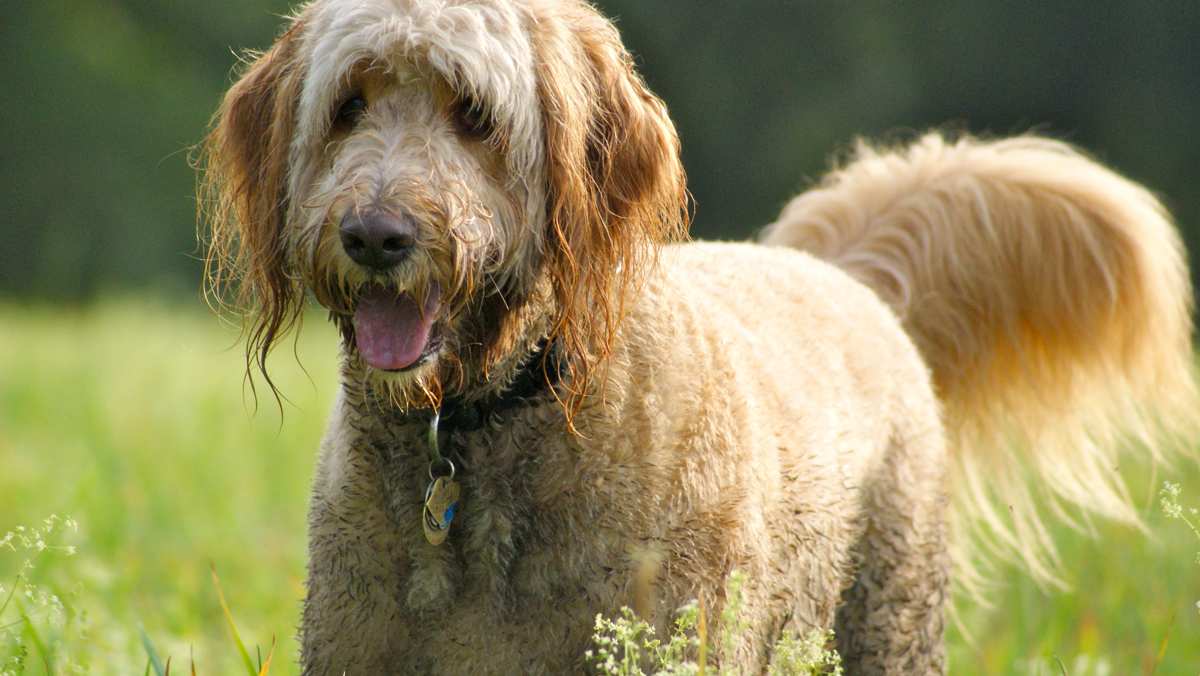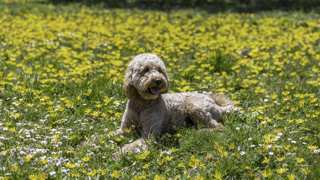Goldendoodle Breed Details
This hybrid is primarily a companion dog, however, their trainable, gentle and lovable natures allow them to perform therapy dog duties. They will be quite content to live with the average owner or family, meaning that an intensely active lifestyle is not necessary. Petite and Miniature varieties will do fine in an small dwelling, while Medium to Standard sized may not be comfortable in a small apartment. As long as you give these guys enough exercise a fenced yard is not necessary, although they will certainly make use of it if you do!
Pros
- Excellent choice for households with children, other pets, and frequent visitors.
- Those will allergies should do fine with this breed.
- Fairly low maintenance coat.
- They are extremely trainable.
- Energetic and willing to participate in your exercise.
Cons
- Some varieties may be too large for a small apartment or condo.
- They may develop destructive behaviors if left alone for long periods of time.
- Need daily, outdoor exercise (preferably an hour).









